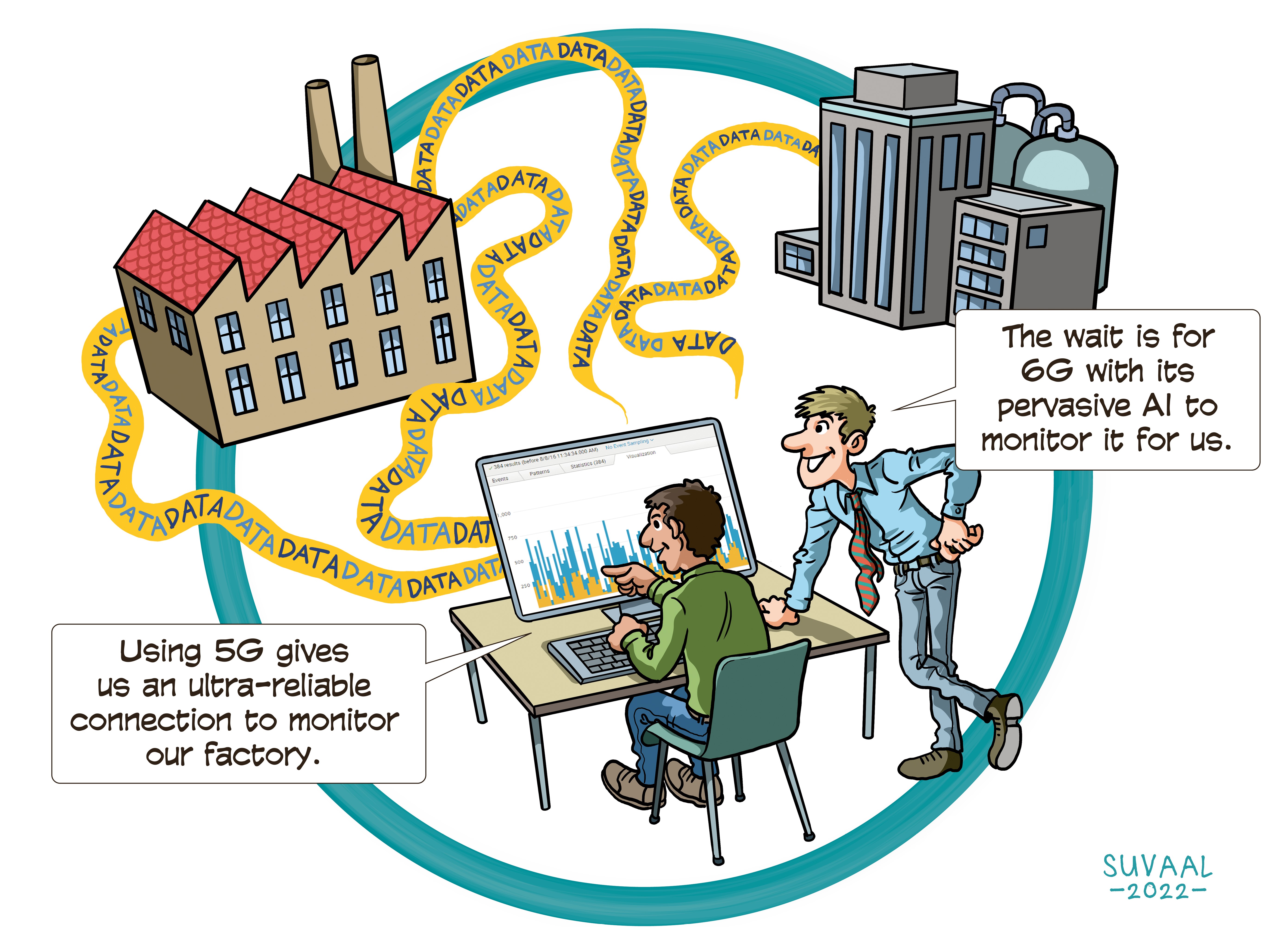Delft on Internet of Things (DoIoT) Fieldlab
Research Themes: Software Technology & Intellligent Systems


A TRL is a measure to indicate the matureness of a developing technology. When an innovative idea is discovered it is often not directly suitable for application. Usually such novel idea is subjected to further experimentation, testing and prototyping before it can be implemented. The image below shows how to read TRL’s to categorise the innovative ideas.
Summary of the project
Do IoT Fieldlab aims to accelerate innovations in the field of Internet of Things and digital communication technologies by facilitating research and bringing public and private partners together. The fieldlab has its own operator-neutral 5G test facilities, set up in a real-life environment, where scientists, companies, start-ups and public authorities can test and experiment with products and services of the future. Do IoT Fieldlab’s network technology consists of a stand-alone 5G infrastructure, with an open 5G core connecting to the 5G radio antennas and data platform, offering a research environment for experimenting in network components and services as well as a stable innovation environment for testing of 5G-enabled products and services.
5G connectivity offers higher bandwidth, ultra-reliability and low latency communication with the possibility to connect a vast amount of devices at the same time. This lays the foundation for digital transformation, especially in industry, where emerging technologies such as the Internet of Things (IoT), machine learning, and artificial intelligence (AI) have taken off. With 5G-enabled digital transformation, businesses can expect to see even smarter robots, powered by machine learning and AI, with improved productivity and monitorisation. A real game-changer is that the 5G network itself can be programmed, adding features that allow the network to operate in the most efficient way, with optimal performance for specific applications and customer needs. For instance you won’t need the ultra-high latency that is necessary for haptic feedback applications or the high upload speeds for live monitoring of emergency situations when you are watching videos on social media.
The programmability of the fieldlab’s network makes experimenting with AI applications or even integrating this technology in the network itself a possibility. AI will play an important role in next generation networks (beyond 5G). With AI the network can become more agile, flexible and even self-healing because it could be able to perform its own monitoring and decision making accordingly. An autonomous network will be able to identify and rectify potential faults before they occur.
What's next?
The next step for the Do IoT fieldlab is to integrally develop the blueprint for trustworthy 6G communications where AI will play an important role.
With or Into AI?
Both
Dr. Fernando Kuipers (scientific director)
Lenneke de Voogd-Claassen (programme manager)
: TNO, MCS, SURF, BTG, The Green Village, Unmanned Valley, RoboHouse en Mobility Innovation Centre Delft
Faculties involved
- EEMCS
- TPM
- CEG
- IDE
